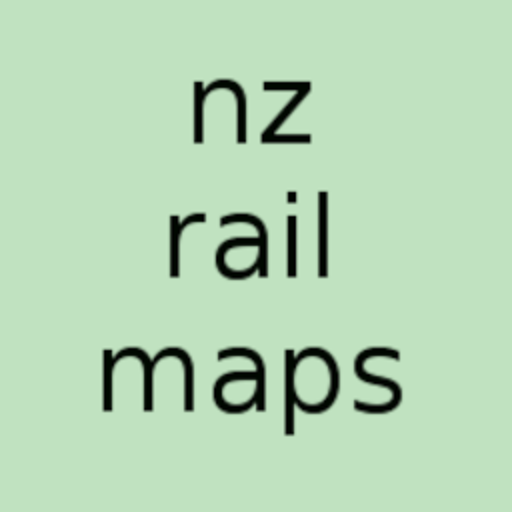Good evening and here is our first global project development report for 2021. These reports are an overview/summary of general development of the NZ Rail Maps project and are typically produced up to 20 times annually.
The project as a whole has taken an interesting turn in the latter half of 2020 with the ability to create live webmaps tested on a web hosting site for a couple of months and then fully developed on a new host and going live at 1 January 2021 00:00. This is quite a big step forward for making the maps more accessible and easy to use for technologically savvy people as the webmap system is quite similar to Google Maps, Open Street Maps and other live mapping platforms.
At the same time the other formats are not being neglected. This week the project expects to launch a website to store image based versions of the maps (the previous online format) which will give additional options for people whose computers or devices aren’t able to offer the full web map capabilities, or when offline from the Internet. The PDF format is also being developed at present for a printable offline option.
Webmaps are currently covering the Main North Line from Christchurch to Picton, the Cook Strait rail ferry route, and the Wellington end of the North Island Main Trunk. Work is going on to extend basic level maps to cover all rail corridors and the rest of the NIMT will be the next section to add. There is also a lot of work planned on the user interface to extend its functionality, for example by making it possible to bookmark a particular location in the maps as well as the layers selected in order to be able to share a particular map view with other users. The recently released Linz Basemaps aerial layer has also been added. The use of the GIS to generate the webmap layers means scripting has been created to automate layer generation as much as possible which is a big leap forward and has proved useful already with changes to the design of the maps which has taken place several times already.
It will be some time before a return is made to volume based updates, which will update all of the maps (many of the basic webmaps being added to the webmaps contain numerous errors) and add full historical aerial photography. This is already available however in Volumes 5 and 6 in their entirety, and in parts of Volumes 1, 2, 10, 11 and 12, but has not yet been put into the webmaps for the most part, as the priority is getting the Basic level coverage in place for the whole country before adding more detail. As these volume level updates are completed, the image and PDF formats will become available for each volume and will be accessible from the volumes website. Creating a GPX file from the Locations layer for use with hand held GPS units is also being investigated.
In conclusion this new phase of the project is interesting and useful and a leap forward that brings the maps into a major usability enhancement but the process of creating the maps in the GIS remains unchanged and is the part of the project that will endure in the coming years to produce content for multiple formats volume by volume as in the past. The only new aspect is actually generating webmap tiles from the existing GIS layers and deploying them on a web server, and most of the work will take place in the GIS and with other tools that are used to create aerial mosaics for mapping historical information.
